'I was going hard while Geraint was sitting up chatting': Five types of riders to help you succeed
There’s no mightier influence on your fitness than fellow cyclists — friends and foes. Sports psychologist Dr Josephine Perry identifies five archetypal riders who could prove pivotal to your progress
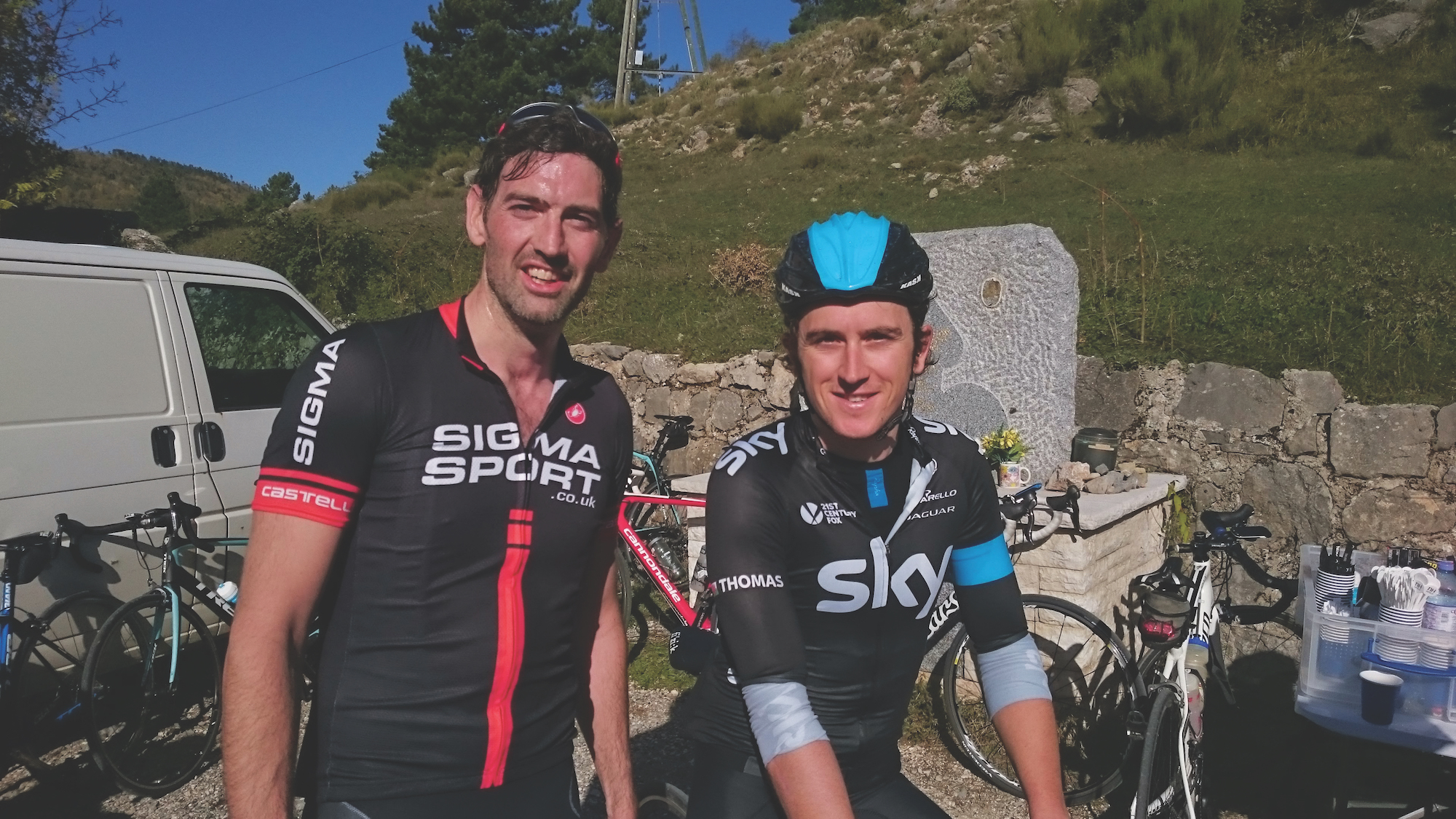
Nice: When Richie met 'G'

If comparison is the thief of joy, as the quote suggests, then cyclists should be pretty miserable. As well as the race results and club ride sprints, we have Instagram, Facebook, Strava and Zwift constantly in our face highlighting other people outperforming us. We see the newbies who have already beaten our FTP and grind our teeth at the guy who seems to have all the free time in the world to collect new Strava segments.
Comparing our cycling successes to others’ usually ends in tears; the envy we feel makes us no faster, only bitter. Checking out our rivals, stalking their Strava accounts and constantly considering their form actually means we lose one of the biggest benefits of being a cyclist — the brilliant people we meet. So, instead of feeling grumpy and second best, perhaps we can embrace others and compare ourselves in a systematic, helpful way. We found five archetypal rivals — and instead of only trying to beat them, let’s find ways to join them.
1. The hero pro
While most of us don’t have the physiology or ability to join the pros, we can copy their attitude and effort. The most relatable pros are not those who are head-down, winning at any cost, but those whose passion shines through and regularly shows their appreciation of how lucky they are to be paid to ride their bike. Trying to emulate their positive, mastery-driven traits can help us put our riding in context so we develop tenacity to keep on trying even when we hit a setback, helping us work hard day after day, as well as aiming to inspire others.
Richie Thorpe, 41, from Middlesex, has admired Geraint Thomas since the Welshman’s early days on the track. He became a true fan, though, when he met his hero out on a training ride in Nice in November 2014.
>>> Subscriptions deals for Cycling Weekly magazine
"We were going up a col when I saw three Team Sky riders going in the other direction. I thought I recognised one as Geraint. Next thing I know, I hear chatting behind me and realised they had turned round and come to ride with us. I was going as hard as I could to keep up, while Geraint was sitting up chatting away. He was so nice and approachable and open. You could have been on a butcher’s bike and he’d have still made the time to chat. Every interview I’ve seen since amplifies this."
Get The Leadout Newsletter
The latest race content, interviews, features, reviews and expert buying guides, direct to your inbox!
What Thorpe really admires is Thomas’s attitude. "My attitude when I started on my bike was all about times and watts, but he’s changed my view so it is now about the importance of the process. When I see him ride, he is always supporting and helping others. I like that aspect of being a super-domestique — he will be there for someone else. When I ride with others who aren’t as experienced as I am, I now try to emulate that. I’ll make sure they are OK and hang out and have a chat. I like to ride hard and pull at the front, but I want to have his openness and show that to other people."
2. The best training buddy
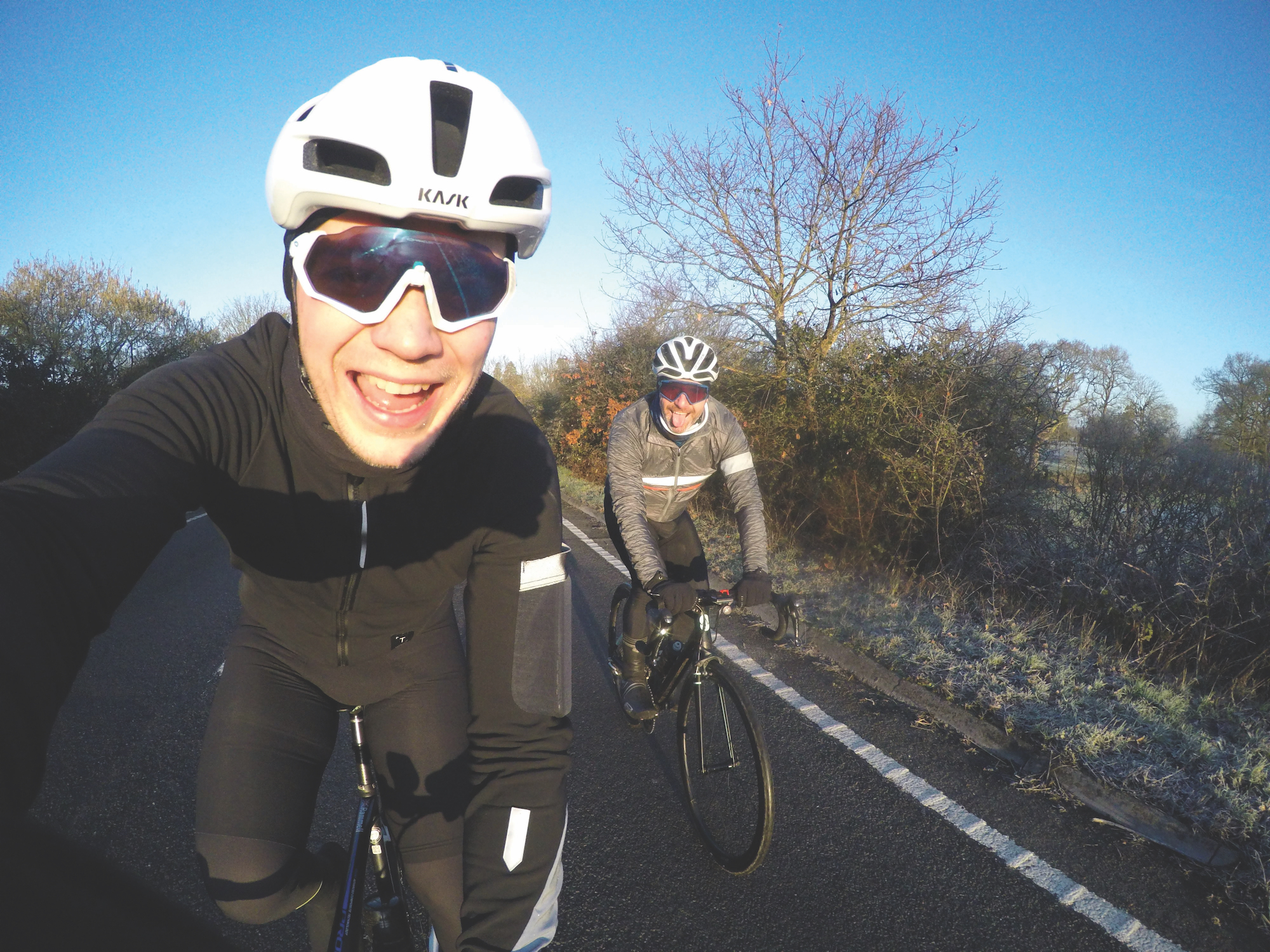
Our training buddies can be worth their weight in gold — someone to put the world to rights with on a Sunday ride, a high five at the end of a tough race or the offer of a spare tube when you are all out. But they can also be a vital piece in the performance jigsaw. Studies have found our training partners can spur us on to better results. The improvements come from each trying to match the other on effort or outcome (helping us to increase our pain threshold), enabling us to grow in confidence as we get praised. A few studies have even found it helps us improve our technique as we inadvertently copy the way our better-performing friends ride.
Michael Rammell, 31, has two training partners: Spencer Hadaway and Chris Presdee. Seventeen-year-old Hadaway rides for an elite development team, while Presdee is in his 40s and races with Rammell at Orien.cc.
Rammell finds real motivational benefits from having these two training partners.
"When I plan to go and ride with them, I stick to it for fear of not wanting to let them down. If it’s a particularly wet day and I am on the fence about going out, knowing that they’ll be there waiting at our meeting point gives me that extra push."
Rammell also finds it helpful to get his buddies’ advice when he finds his form failing. "You can ask yourself what went wrong or search for answers within yourself, but sometimes a training partner can spot it more easily from the outside looking in."
As well as that accountability and the ability to gauge his form, the real draw for Rammell is the chat. "I find myself feeling very energised at the end of a ride with these chaps. It’s always the case that we’ll have worked through something that was on my mind for the week or simply having laughed off something that was perhaps bothering me. I find it to be a great outlet for stress. That, combined with the physical side of the ride itself, makes for a very therapeutic experience."
The interaction can be as important as the ride itself. "There are times, riding with Chris and Spencer, when we tackle certain issues head-on and work through them. There are other rides where we can’t even climb the smallest of gradients because we’re simply laughing too hard. Whichever tone the ride takes on, the result at the end is the same: we all feel much better for it."
3. The segment-stealer
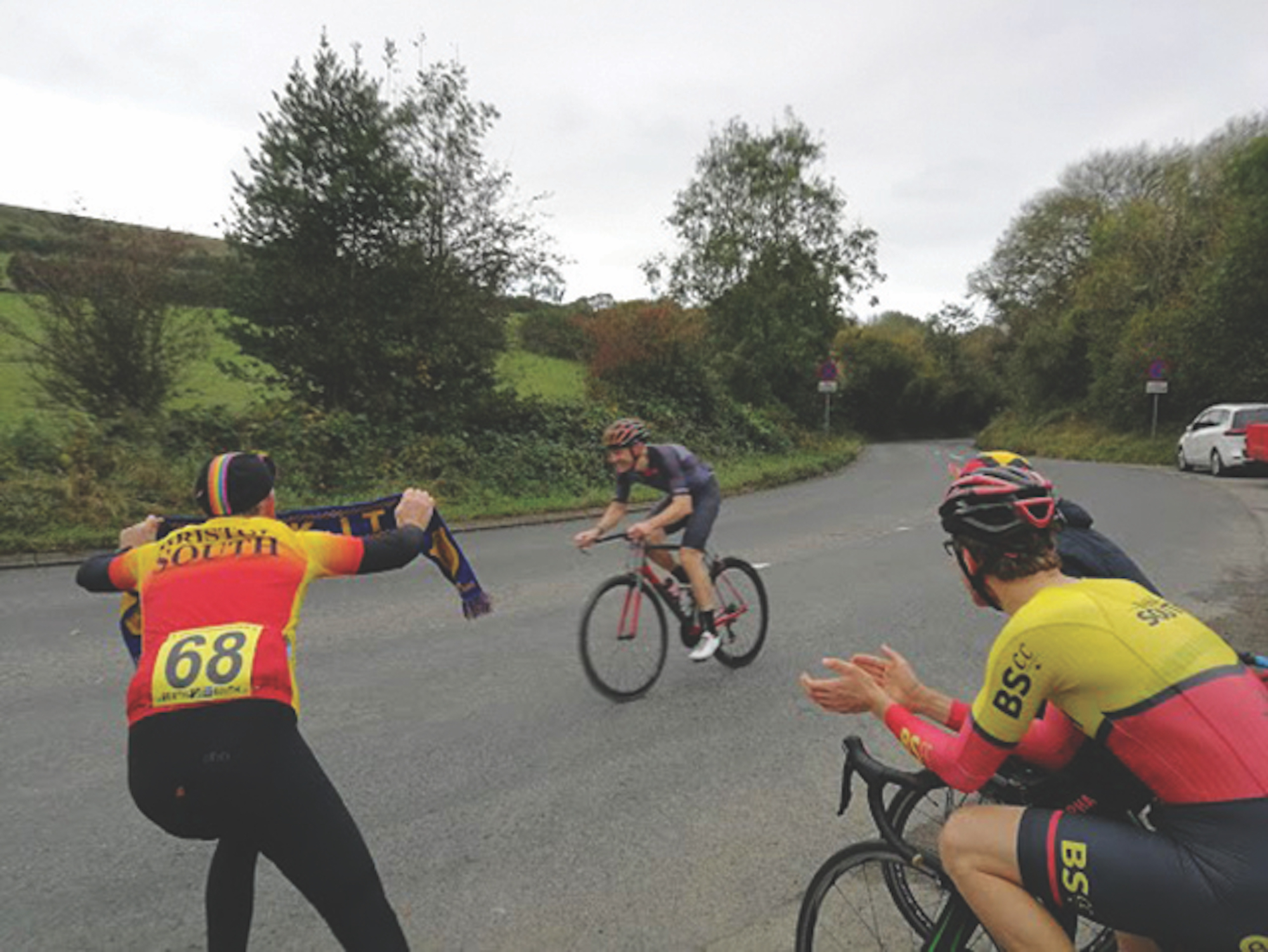
Strava has opened up a whole new world of comparison and data analysis. For some, it can be a great motivator. Positive feedback from others can help you feel validated in your performances, and the bluntness of the data feeds brilliantly into the goal-driven nature of cyclists. But data exposes weakness — there’s no hiding behind excuses. If someone beats you on a segment, they were simply faster. We can sulk, or we can use it to work harder.
James Manthorp uses Strava to push himself harder. He is 30 and loves cycling so much that he rides with three clubs: Truro, Clevedon and Chew Valley CC. Taking on everything from hill-climbs and TTs right through to Audaxes, he regards his club-mates as friends, so instead of wanting to beat them, he competes through Strava.
In this way, he finds out how he stacks up against the local elite athletes. “There is a big hill from Tresilian to Truro. My best time is 4:32, and professional cyclist Chris Opie has managed it in 2:34.
In my hometown of Nailsea, the Tour of Britain went along Kenn Moor in 2018. That completely decimated the leaderboard.” Strava also brings out his sibling rivalry. "I used to race against my brother a lot. We still compete up Park Street in Bristol.”"
Manthorp uses the system to help him focus on hard efforts in his training. "Sometimes there is an attainable King of the Mountain [KoM] that maybe I could take." He uses this as a goal. "There is a hill in the centre of Truro with two Strava segments. The first segment is just the hill, but there is a second segment that includes the hill and the flat all the way to the next roundabout. Maybe people don’t push all the way after the climb, and I keep trying to snap up that KoM."
4. The attentive ear
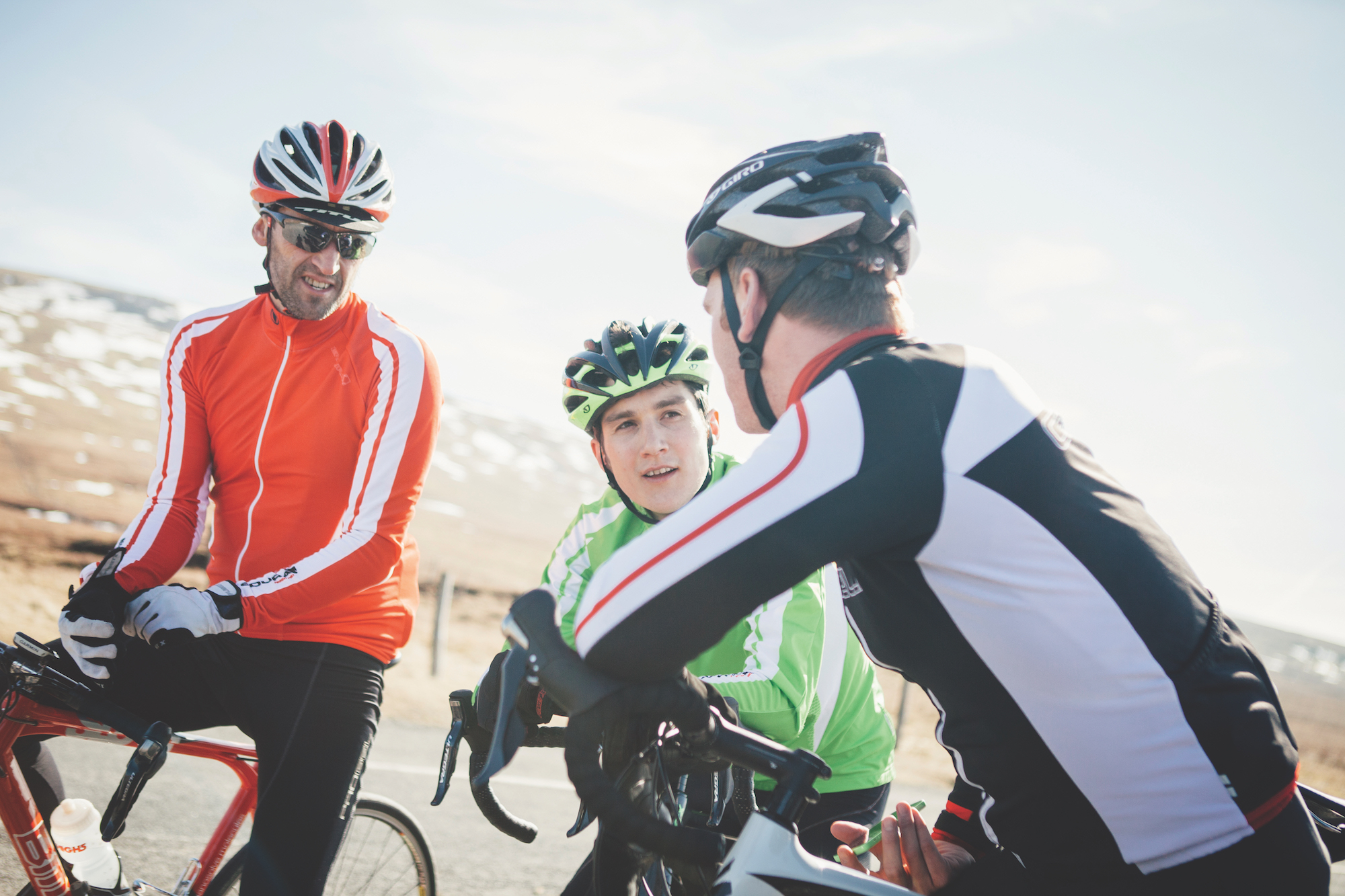
Social support no longer comes just in person, on the road. Lots of cyclists have found fantastic communities online. This can be super-supportive but it can also allow for a huge amount of additional comparisons as we see the best bits of everyone else’s rides and start comparing them to the worst bits of ours. To keep it positive, focusing on the friendship elements is key — especially for long-distance riders whose life on the road can be quite lonely.
Grace Lambert-Smith, 29, is one of these long-distance riders. She is based in the Peak District but shares her successes, failings and everything in between with Eleanor Jaskowska, who is based in Bristol. They met on Twitter and have been firm friends and cycling confidantes ever since. "Eleanor constantly challenges herself in ways I can’t fathom, which in turn inspires me to consider going the extra mile. During our qualifiers for Paris-Brest-Paris, we rode a ‘300’ together. I had 22 gears and she had just one fixed gear, and every time I winced in pain, I remembered how she must feel at the same moment and how I had it easy by comparison."
Lambert-Smith has learnt from Jaskowska to be brave, push herself and constantly look for challenge.
"She reassures me in my moments of weakness when I enter really long bike races that I am sensible and that she’s with me in spirit. That, or she signs up for them too!"
The friendship has yielded multiple successes. "I know I wouldn’t have got through a number of bike rides and challenges without her. We scratched the Transcontinental Race together, and I think that moment has defined our friendship. She was the person who listened to me cry on the phone when I considered giving up on the race and she felt the same. Finding our way home together made the decision a little less emotional. We were in it together; we were out of it together. In the years since, we’ve barely gone a week without chatting, and will have coffee catch-ups over Skype, where we plot our next silly bike rides together."
5. The club nemesis
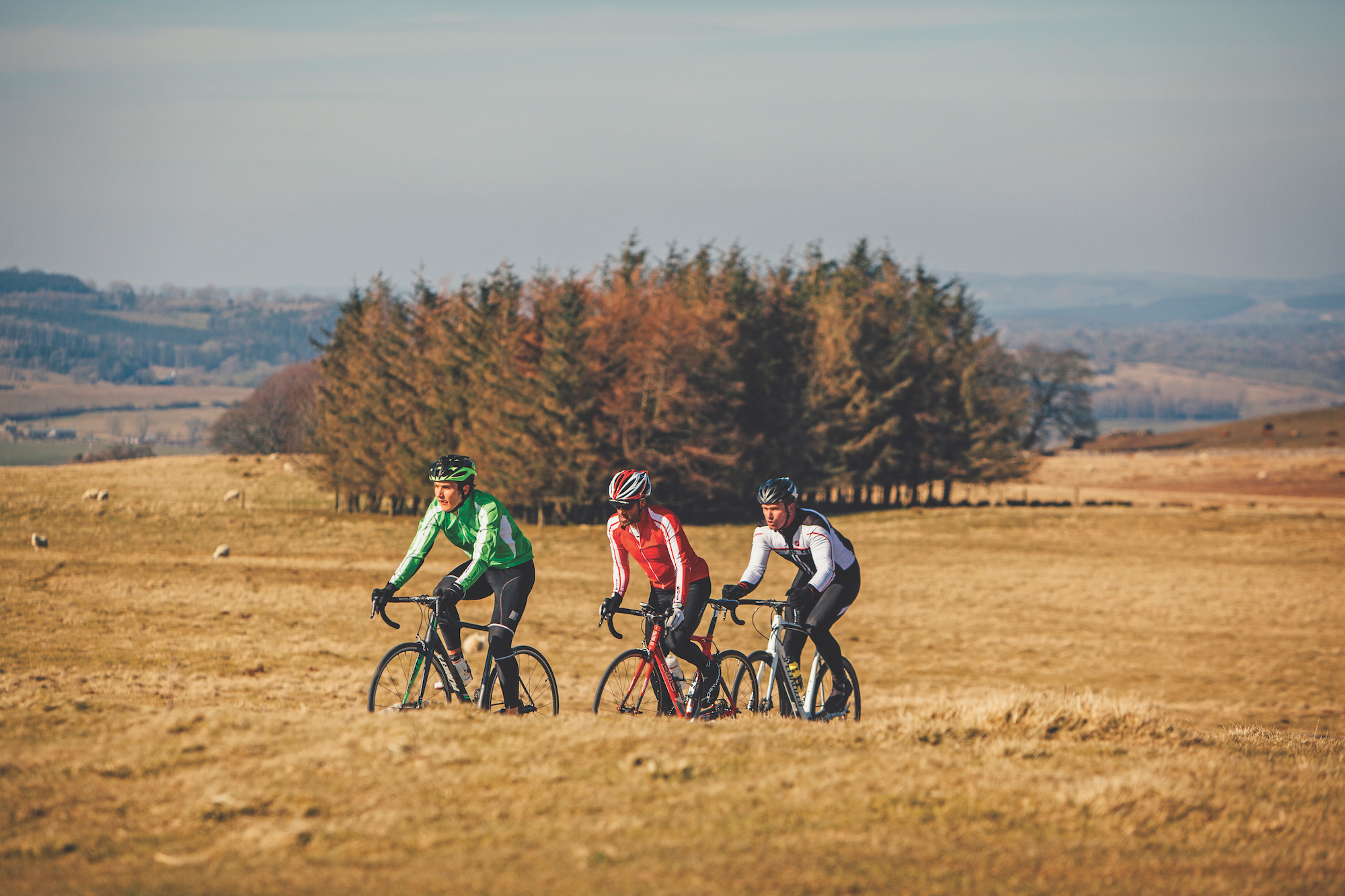
In every club, there is someone who gets on our nerves. Unsurprisingly, no cyclist is up for admitting in their favourite cycling magazine the name of the clubmate who makes them want to scream, but many had plenty of stories about what their nemesis does that grinds their gears: the rider who rocks up in the rain without mudguards; the one who ignores bike maintenance and constantly gets punctures on the Sunday ride; the show-off who acts like the ‘King of January’ hurting everyone all winter long but claiming to be too tired for summer racing.
Most annoying is when your competitive nemesis is actually quite nice — it’s simply their being faster that makes you feel inadequate.
>>> Cycling Weekly is available on your Smart phone, tablet and desktop
Dr Simon Marshall is a professor of mental toughness in San Diego, USA, and he is really positive about the benefits a nemesis can give you in some situations. "If your rivalry with your nemesis is largely grounded in performance — they are faster or stronger — it’s likely to be helpful. If it’s based on non-performance criteria, it’s likely to be detrimental."
To use it to your advantage, Marshall urges riders to channel the feeling into competitiveness. “Unlike an enemy or bully, a nemesis doesn’t pick on you or treat you unfairly. It’s an adversarial relationship that is driven by a performance deficit that motivates you to do better.” In running, studies have shown that using a rival in this way can make you five seconds per kilometre faster.
If your nemesis is slower than you, they can still be useful. Rather than inwardly rolling your eyes at everything they do, tease out what it is that triggers your rage and thus become more self-aware about why you feel threatened by them. Do they have the confidence you yearn for? Does their laid-back attitude expose your more stressful approach? Does everything seem to come easy to them without having to work hard like you do? Once you’ve sussed this, it’s time either to accept your differences or work on changing to develop those traits you’re currently craving.
Every club has one…Fend off these four negative influences
Some very negative characters pop up regularly in cycling. To protect our wellbeing, learn how to deal with them so that they don’t become a motivation-killing distraction.
Club know-it-all
They will have an answer for everything and make you question all your knowledge. Take a deep breath, count to 10 and then seek out those riders whose expertise and opinions you actually respect.
Data obsessive
They will know your TSS, your FTP and your watts per kilo quicker than you can recall them. Two choices here: use them to get some free data analysis or restrict what you put online and act all mysterious to annoy them when you get asked directly.
The oversized ego
Every club has the ego-driven member, the one who has ridden every hill or race or sportive you have, but always a bit faster. If you find this bothers you, then set mastery instead of outcome goals for key areas. We take the pressure off ourselves when we stop trying to beat an arbitrary target and usually do better when our efforts go towards focusing on our technique or race skills.
Insta-gloater
They are top to toe in Rapha kit, ride a custom-built bike and had sunshine for every minute of their ride. Your jacket zip broke, you got two punctures and the rain was so heavy it hurt your skin. He may look all shiny and sussed on social media but that image-management is often a well-designed façade. For the good of your mental health, mute or unfollow.
This feature originally appeared in the print edition of Cycling Weekly, on sale in newsagents and supermarkets, priced £3.25.

Thank you for reading 20 articles this month* Join now for unlimited access
Enjoy your first month for just £1 / $1 / €1
*Read 5 free articles per month without a subscription

Join now for unlimited access
Try first month for just £1 / $1 / €1
Dr Josephine Perry is a Chartered Sport and Exercise Psychologist whose purpose is to help people discover the metrics which matter most to them so they are able to accomplish more than they had previously believed possible. She integrates expertise in sport psychology and communications to support athletes, stage performers and business leaders to develop the approaches, mental skills and strategies which will help them achieve their ambitions. Josephine has written five books including Performing Under Pressure, The 10 Pillars of Success and I Can: The Teenage Athlete’s Guide to Mental Fitness. For Cycling Weekly she tends to write about the psychological side of training and racing and how to manage mental health issues which may prevent brilliant performance. At last count she owned eight bikes and so is a passionate advocate of the idea that the ideal number of bikes to own is N+1.
-
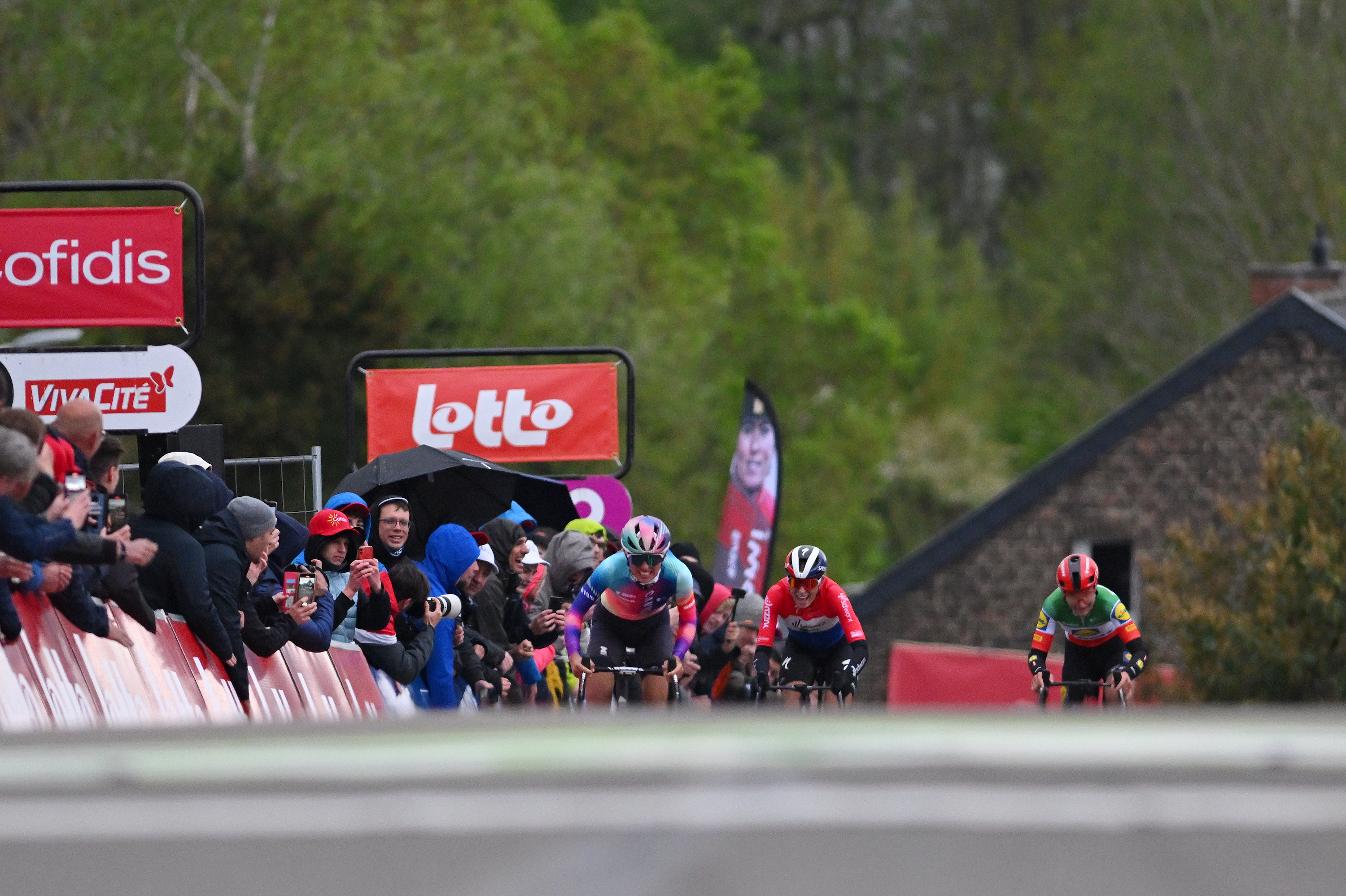 How to watch La Flèche Wallonne: Everything you need to live stream the Ardennes Classic
How to watch La Flèche Wallonne: Everything you need to live stream the Ardennes ClassicAll the broadcast information for the second of the Ardennes Classics on 23 April with Tadej Pogacar – here's how to watch La Flèche Wallonne online and on TV.
By Adam Becket
-
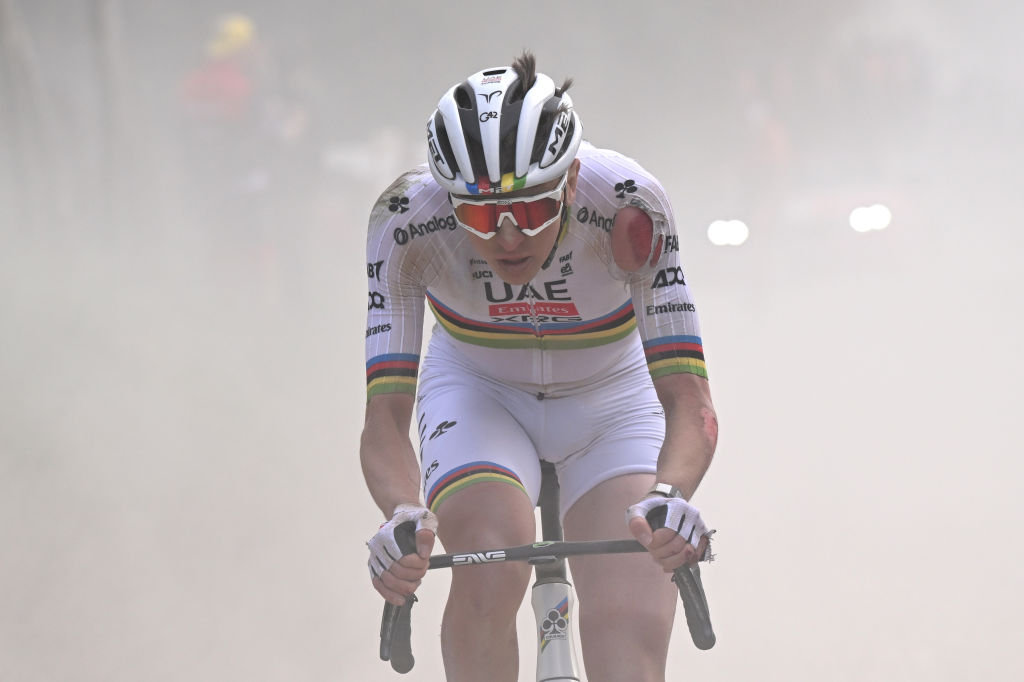 Tadej Pogačar's MET Trenta 3K Carbon is one of the best road cycling helmets on the market – grab it now with 26% off at Tredz
Tadej Pogačar's MET Trenta 3K Carbon is one of the best road cycling helmets on the market – grab it now with 26% off at TredzDeals The MET Trenta features enhanced safety and performance tech including MIPS AIR and now with a whopping £80 reduction, it's a bargain buy
By Paul Brett
-
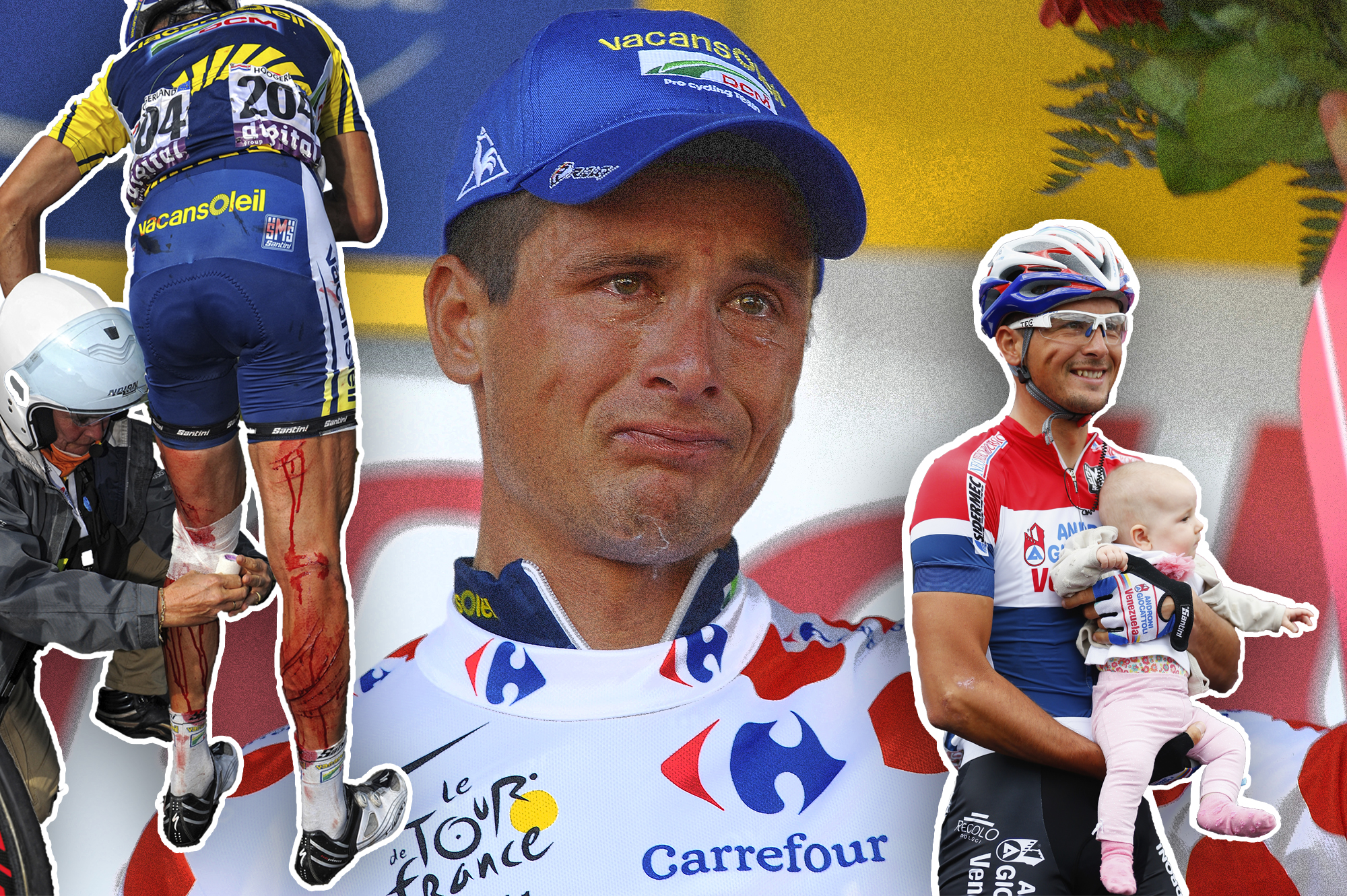 What happened to Johnny Hoogerland?
What happened to Johnny Hoogerland?A career defined by a collision with a TV car at the 2011 Tour de France, we tracked down the Dutch rider to find out how the next 10 years unfolded
By Jonny Long
-
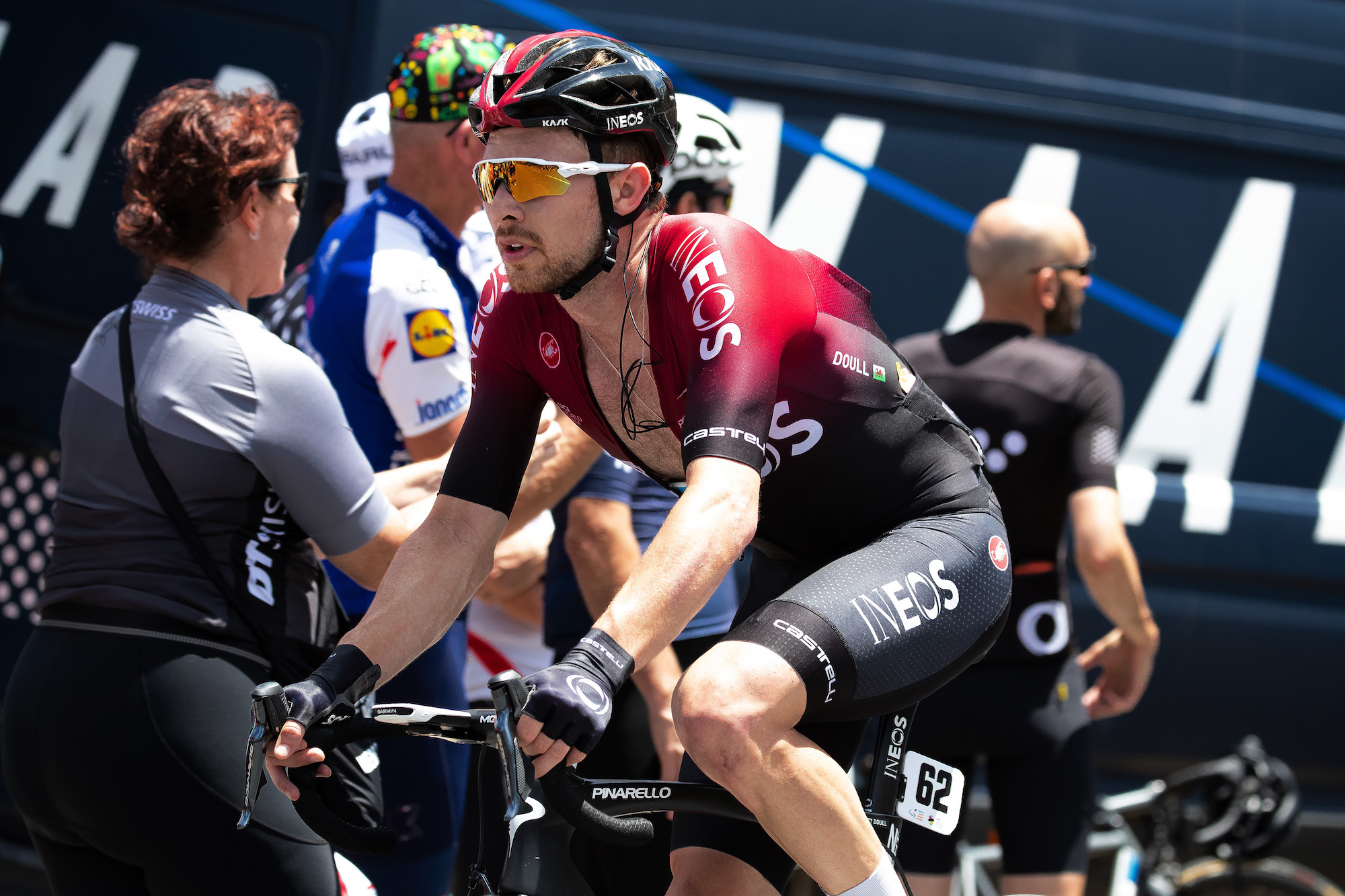 'The domestiques on our team are unsung heroes': Owain Doull Q&A
'The domestiques on our team are unsung heroes': Owain Doull Q&AThe Olympian and Team Ineos man on his Maindy roots, staying motivated and passion for coffee
By David Bradford
-
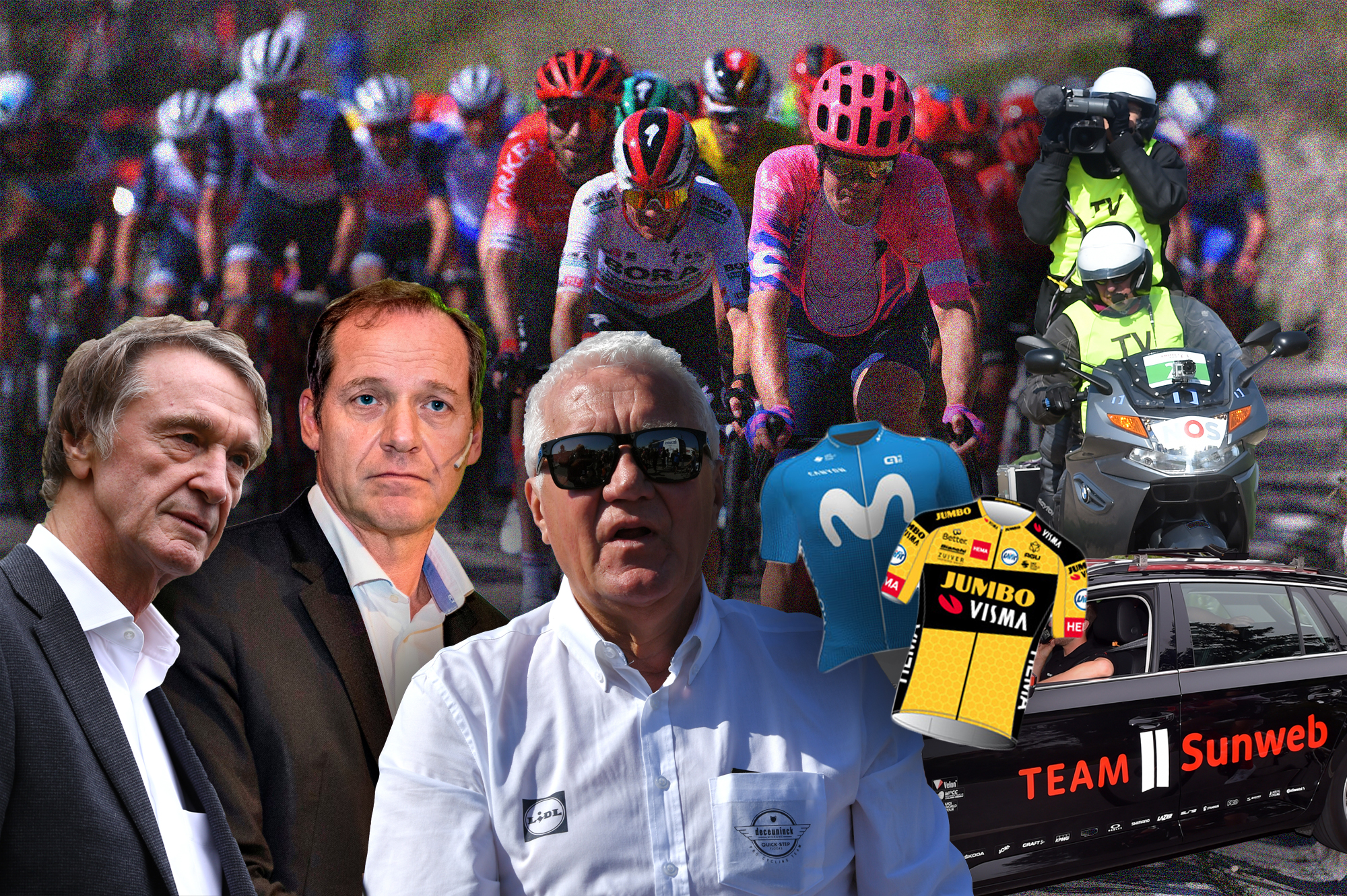 What will happen to pro cycling? Exploring the economic landscape after coronavirus
What will happen to pro cycling? Exploring the economic landscape after coronavirusFrom the fate of various WorldTour teams to whether a behind-closed-doors Tour de France actually solves anything
By Jonny Long
-
 Is there a best time to train? A sports scientist investigates
Is there a best time to train? A sports scientist investigatesMost of us ride our bikes whenever we get chance, but is there a best time of day when you’ll unlock the most potential and make maximum gains? Sports scientist Dr Mark Homer investigates
By Cycling Weekly
-
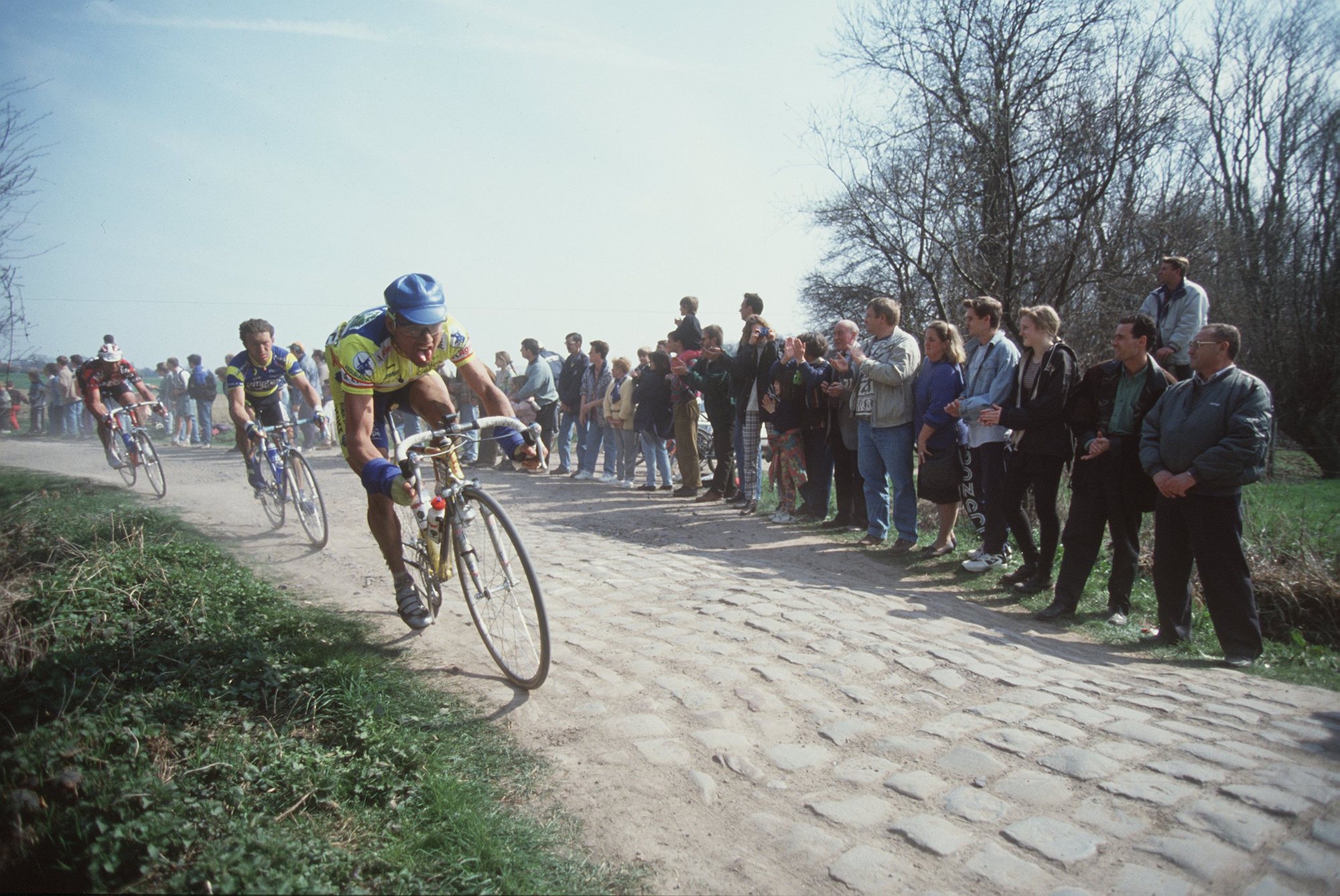 Forging legends: Here are the 10 best Classics of all-time
Forging legends: Here are the 10 best Classics of all-timeDo you agree?
By Cycling Weekly
-
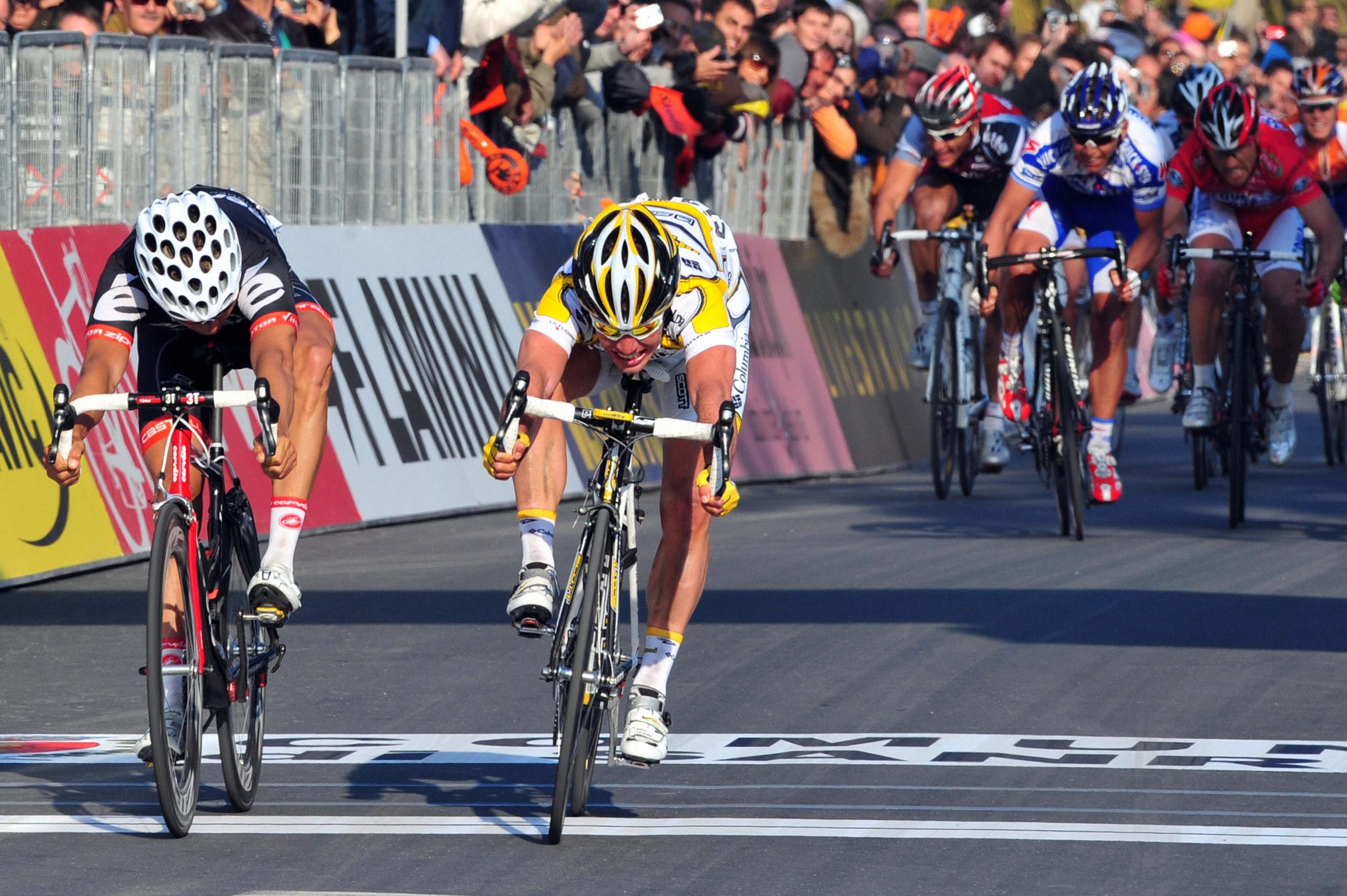 Five of the all-time best Classics rides by Brits
Five of the all-time best Classics rides by BritsFrom Tom Simpson to Lizzie Deignan
By Cycling Weekly
-
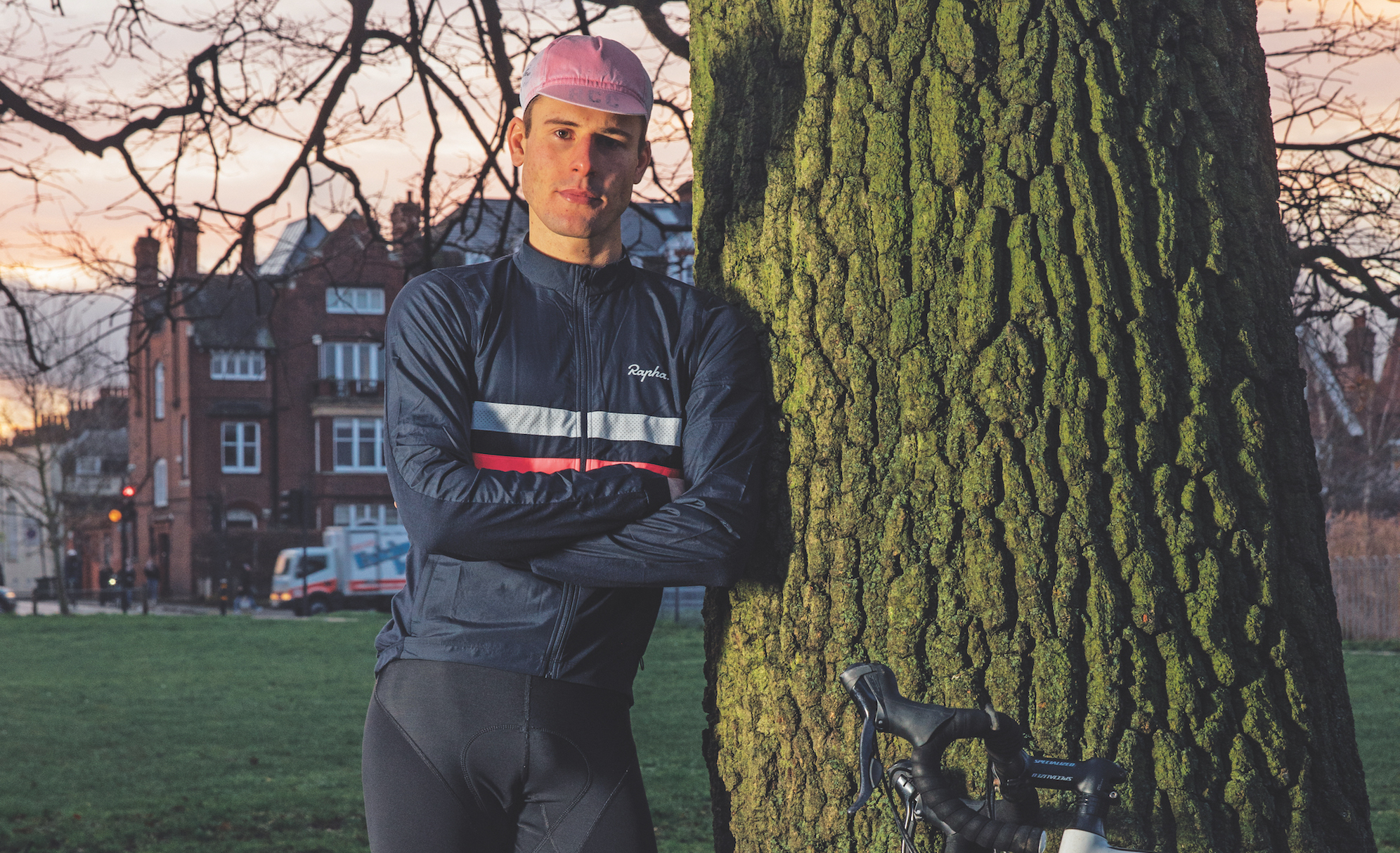 Sweet success: How I won Red Bull Timelaps as a diabetic rider
Sweet success: How I won Red Bull Timelaps as a diabetic riderType-1 diabetic George Kirkpatrick is on a mission to prove that compromised blood sugar control is no barrier to success — however long the race
By David Bradford
-
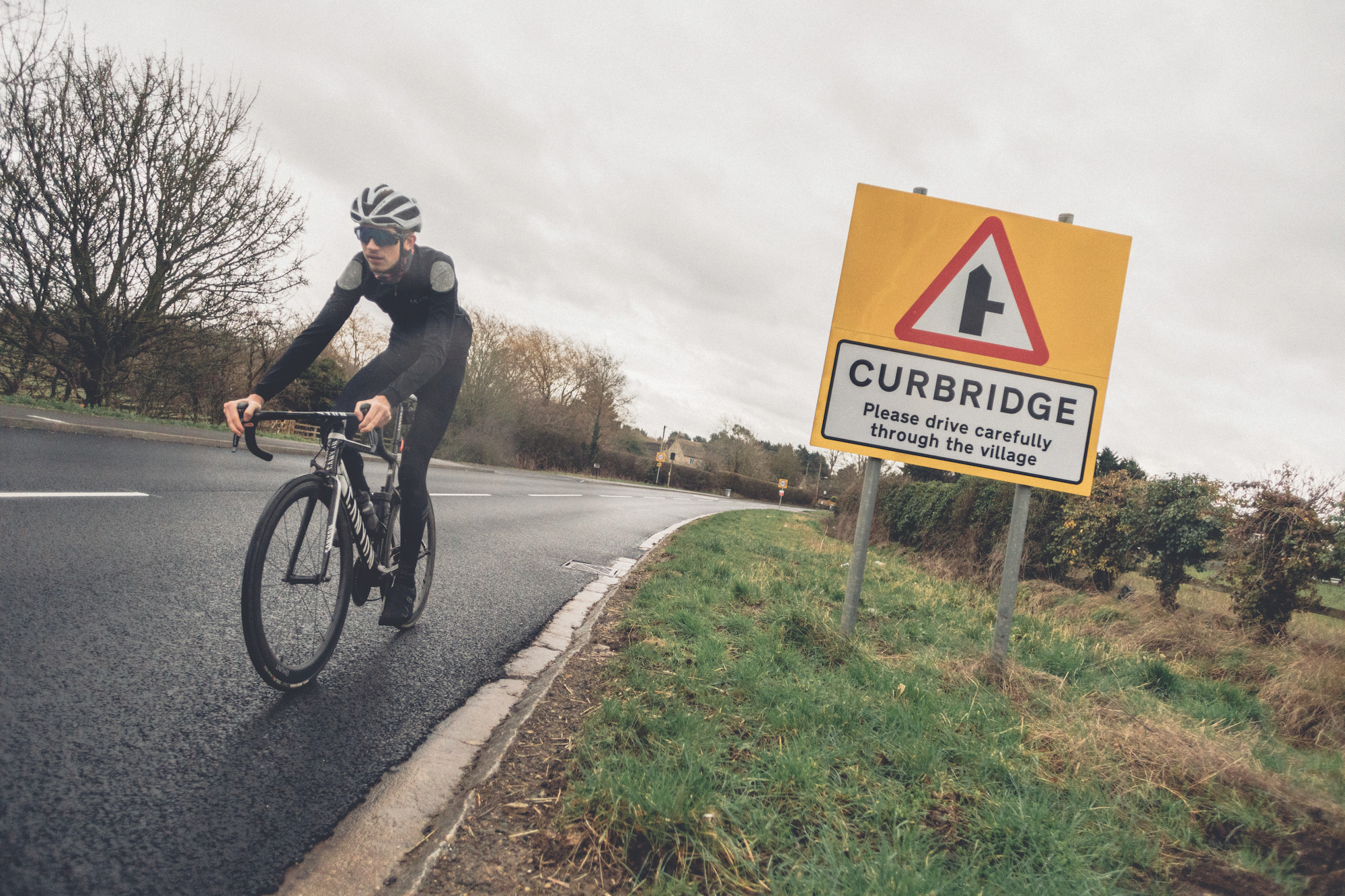 Is this Britain's smoothest road?
Is this Britain's smoothest road?A new high-tech road surface in Oxfordshire could herald a cycling revolution, we rode it to find out more
By Vern Pitt